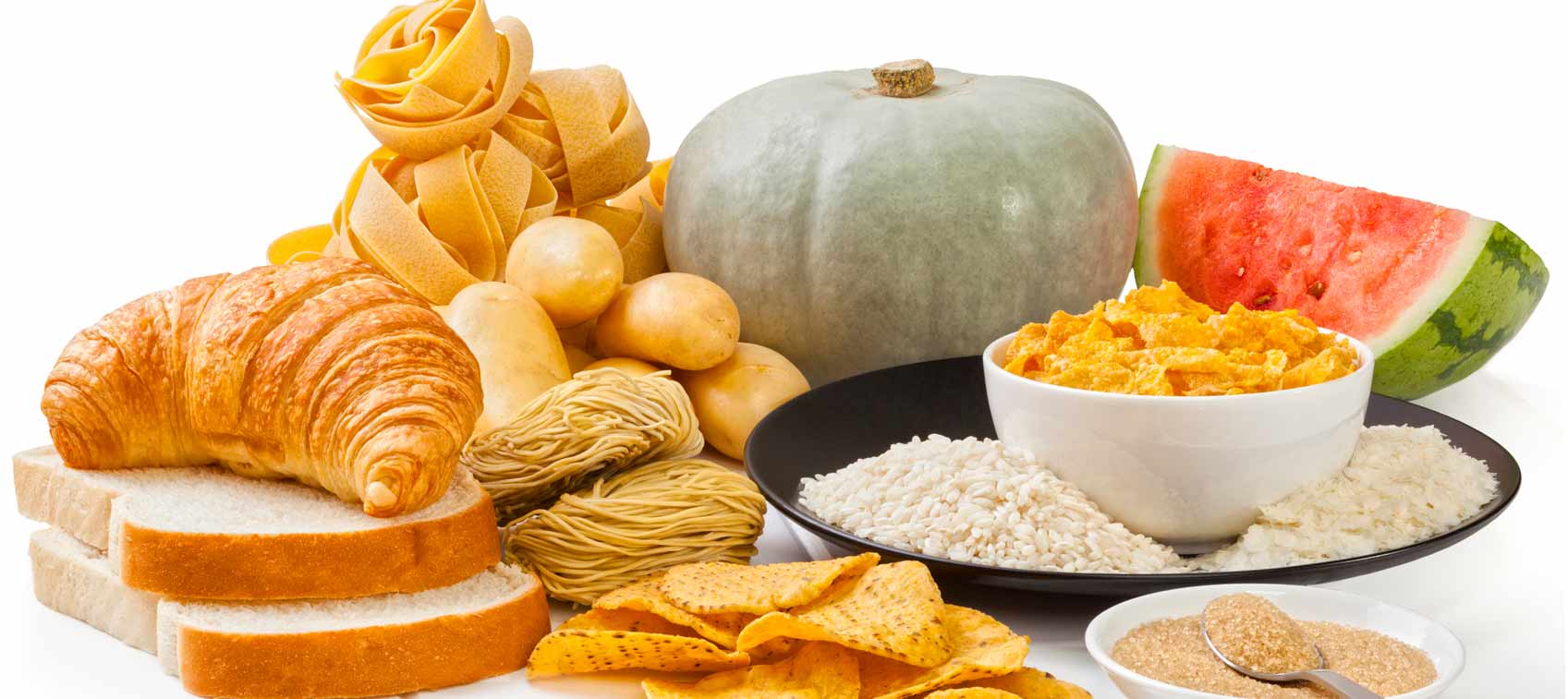
When it comes to supporting healthy blood sugar levels, the first thing you need to become aware of is how quickly your body breaks down certain foods into glucose.
One way to evaluate this is with the glycemic index (GI). Foods with a high glycemic index, such as refined carbohydrates and sugars, are rapidly converted into glucose, driving up blood sugar levels.
On the other hand, vegetables, legumes, and most fruits cause a slow, sustained release of glucose into the bloodstream. They’ll keep your insulin from spiking, provide a sustained source of energy, and satisfy your hunger over the long haul.
Another way to determine how a food may affect your blood sugar is by looking at its glycemic load (GL). Glycemic load is based on the same concept as the glycemic index, but it takes into account the quality and quantity of a food. It’s determined by the glycemic index of a food plus the amount of available, or net, carbohydrates in a standard serving.
Glycemic Index vs Glycemic Load: Which Is Better?
I’m giving the nod to glycemic load, and here’s why. Some foods with a high glycemic index actually have minimal effects on blood sugar levels when eaten in normal quantities, while others with a low glycemic index are potentially problematic.
For example, a large carrot and a cup of spaghetti have similar GIs. Yet that carrot contains only 5 g of available carbs (it’s mostly water), while the spaghetti contains 38 g, giving them GLs of 2 and 16, respectively.
Therefore, they have dramatically different effects on blood sugar. Carrots, watermelon, pineapple, and other fruits with a high GI that were once thought to be inappropriate for people with diabetes turn out to be acceptable, while the GL confirms the need to cut out pasta, bagels, and other starchy, carbohydrate-dense foods.
To quickly lighten your glycemic load, eat lots of salads, green vegetables, beans, and legumes. One of my favorite meals is a hearty salad with a nice piece of salmon on top. It’s an easy way to get a tasty serving of healthy fats, plenty of protein, and lots of low-GL carbs. Here’s an at-a-glance glycemic index and glycemic load table for easy reference. You can also visit Mendosa.com to look up the glycemic index and glycemic load for virtually any food.
| Glycemic Index | Glycemic Load |
|
| Low |
55 or under | 10 or under |
| Medium | 56-69 | 11-19 |
| High | 70 or above | 20 or above |


